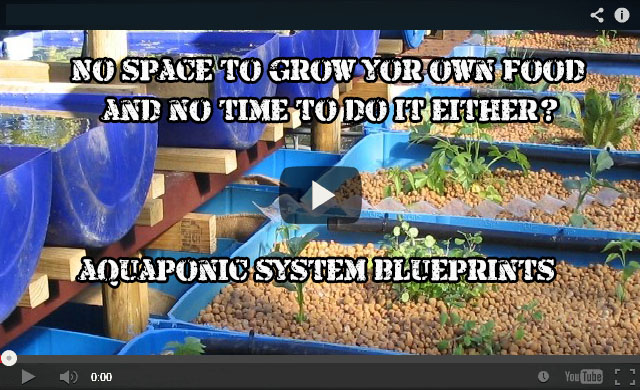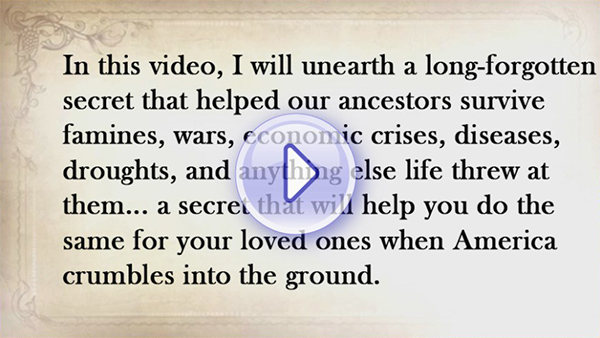Straw Bale Gardening (The latest trend is growing vegetables in straw bales, a method that resembles container gardening, except that the bales are both the container and the planting medium)
Here’s how it works: You purchase straw bales – not hay bales, and the best straw bales are made from wheat. These typically cost about $5 each. Then, you “condition” the bales by flooding them with water and fertilizer for 10 days. During the conditioning, the inside of the bales starts to decompose and within a couple of weeks you have a very fertile medium, similar to compost, inside the bales. You can plant seedlings directly into the bales or add potting soil or compost to the top of the bale and use seeds. When the season is over, you harvest your crops, take the twine off the bales and knock them over. Viola! More compost!
Straw bales ready for planting.
The straw-bales method has several advantages. The conditioning process heats up the interior of the bales, so when you plant tomatoes or other heat-loving vegetables into them, their roots are kept warmer. Last year, I grew tomatoes in the ground in my garden and in two straw bales. The straw-bale tomatoes were about two weeks ahead of the ones in the ground all season and ended up producing more fruit. They had no disease problems and because the bales were off the ground, they weren’t bothered by the many critters that inhabit my garden.
Straw-bale gardening works especially well for gardeners with poor soil because you are creating your own growing medium in the bale. If there is a disadvantage to straw-bale gardening, it’s that you have to water them frequently – every day during the two weeks of conditioning, then nearly every day afterward unless it’s pouring rain. Karsten recommends setting up soaker hoses, though I prefer to water manually.
One other thing about straw-bale gardening: It attracts attention. I put my bales in an out-of-the-way spot at the back of the yard. But even though they are somewhat out-of-sight, several of my neighbors followed their progress intently – and like me, they were surprised at how well the bales grew.
Other useful resources:
The Lost Ways (Learn the long forgotten secrets that helped our forefathers survive famines,wars,economic crisis and anything else life threw at them)
Survival MD (Best Post Collapse First Aid Survival Guide Ever)
Backyard Innovator (A Self Sustaining Source Of Fresh Meat,Vegetables And Clean Drinking Water)
Blackout USA (EMP survival and preparedness)
Conquering the coming collapse (Financial advice and preparedness )
Liberty Generator (Build and make your own energy source)
Backyard Liberty (Easy and cheap DIY Aquaponic system to grow your organic and living food bank)
Bullet Proof Home (A Prepper’s Guide in Safeguarding a Home )
Family Self Defense (Best Self Defense Strategies For You And Your Family)
Survive Any Crisis (Best Items To Hoard For A Long Term Crisis)
Survive The End Days (Biggest Cover Up Of Our President)
Drought USA (Discover The Amazing Device That Turns Air Into Water)



